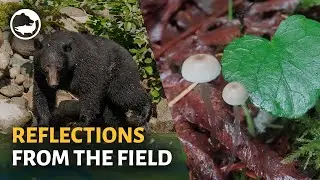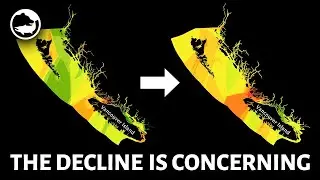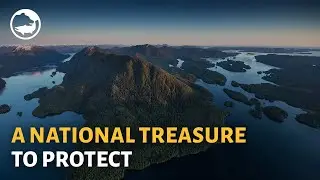Camera Traps - Documenting Wildlife in a Non-Invasive Way
Remote camera traps can be a beneficial tool for photography and as a non-invasive research method. Camera traps can be useful for species inventories, estimating population density, calculating home range, monitoring population dynamics and capturing natural behaviour absent of human influence. This Spring, the Pacific Wild team managed to snap some amazing photos and videos of wolves while on expedition using this non-invasive method.
How do camera traps work? A camera trap is usually set in a position with a good viewpoint, and has a motion or heat sensor that captures an image when an animal passes by. Our team set camera traps in areas with high “wolf sign,” such as tracks and scat, in hopes of getting a sighting.
Non-invasive photography methods, like camera trapping, can offer a more intimate look into the lives of wolves. In general, wolves and other predators go to great lengths to avoid coming into conflict with humans, and human presence (however well-meaning) can alter their natural behaviour. Camera traps can allow photographers and researchers to peek behind the curtain and gain a glimpse of wolf behaviour, absence of human presence.
🎥by @iantmcallister @larskisaac & camera trap footage by @pacificimagery on expedition with Pacific Wild
#wolf #animalphotgraphy #conservationphotography



















